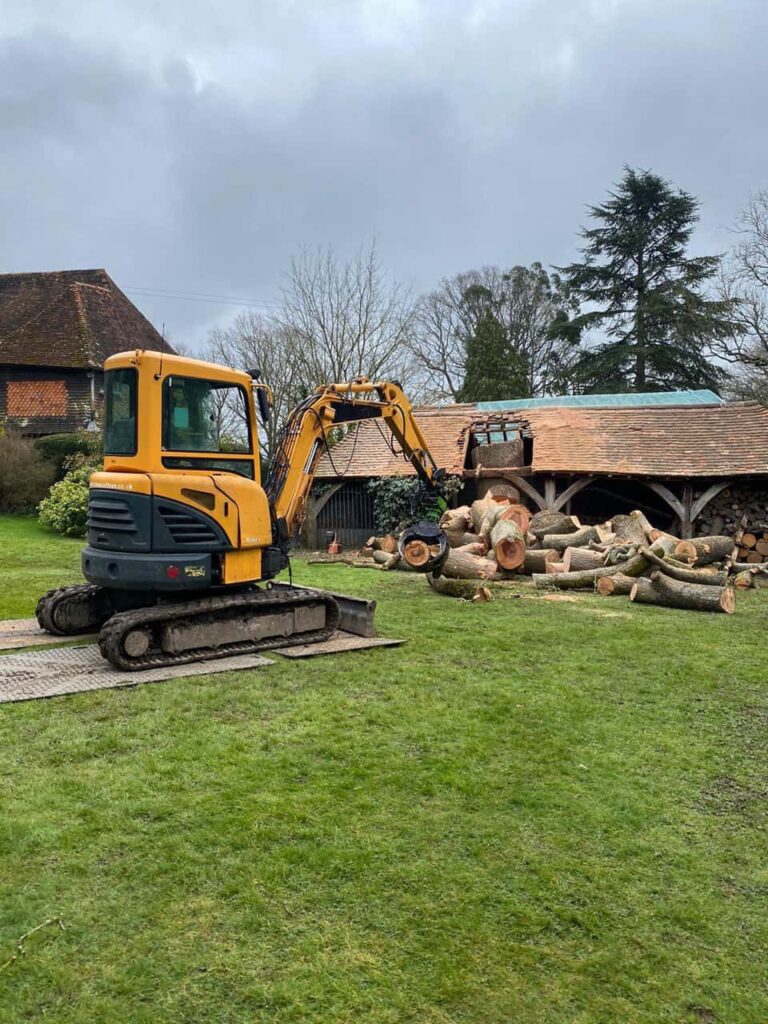Introduction: Tree pruning is a crucial aspect of tree care that offers numerous benefits when done correctly. However, knowing when and why to prune your trees is essential to ensure their health, safety, and aesthetic appeal. In this blog post, presented by Ipswich Tree Surgeons, we will discuss the importance of tree pruning, the best times to prune, and the reasons behind this vital practice.
Why Prune Your Trees?
- Health Maintenance: Pruning removes dead, diseased, or decaying branches, preventing the spread of pathogens and promoting overall tree health.
- Safety Enhancement: Eliminating weak or hazardous branches reduces the risk of falling limbs, minimising property damage and potential injuries.
- Aesthetic Improvement: Pruning can shape a tree to complement its surroundings, enhancing its beauty, symmetry, and overall appearance.
- Light and Airflow Enhancement: Thinning the canopy allows more sunlight to reach the tree’s interior and improves air circulation, benefiting the tree and surrounding vegetation.
- Fruit Production: Proper pruning can stimulate fruit production in fruit-bearing trees by redirecting energy to fruit-bearing branches.
When Should You Prune Your Trees?
- Winter Pruning (Dormant Season): This is the most common time for pruning deciduous trees, typically from late fall to early spring when the tree is dormant. It is an ideal time to perform major structural pruning.
- Spring Pruning: Spring is suitable for pruning flowering trees after they have bloomed. It allows you to shape the tree without affecting the year’s flowering.
- Summer Pruning: Summer is the time for light maintenance pruning to remove water sprouts, suckers, or dead branches. Avoid heavy pruning during the peak of summer heat.
- Fall Pruning: Fall is generally not recommended for major pruning, as it can stimulate new growth that may not have time to harden before winter.
Reasons for Pruning at Specific Times
- Dormant Season: Trees are less susceptible to diseases and insect infestations during dormancy. Pruning during this time also lets you see the tree’s structure.
- Spring: Pruning after flowering ensures you don’t remove next year’s flower buds and allows the tree to allocate energy to growth and fruit production.
- Summer: Light summer pruning helps maintain the tree’s shape and removes unwanted growth without disturbing the tree’s overall health.
Conclusion: Pruning your trees at the right time and for the right reasons is essential for their health and longevity. When done correctly, pruning can enhance a tree’s beauty, promote safety, and ensure its overall well-being. However, improper pruning can harm the tree and lead to long-term damage. Therefore, you should consult experienced arborists or tree surgeons like Ipswich Tree Surgeons for your pruning needs. With the right timing and purpose, you can ensure your trees thrive and continue to grace your landscape for generations to come.
Call us on: 01473 943 097
Click here to find out more about Ipswich Tree Surgeons
Click here to complete our contact form and see how we can help with your tree’s needs.

